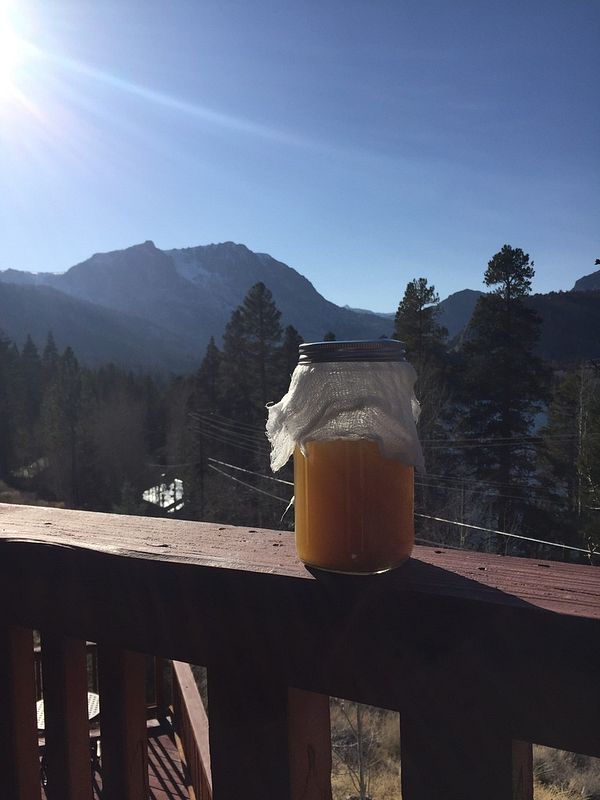looked through the forum here first but didn't see a dedicated topic to spontaneous ferm...
last weekend I made a bunch of saison wort (2 batches actually, 1 mashed at 159 and the other mashed at 149, then combined the 2 so every fermenter would get the same wort...) and took about 1/2 gallon worth and set it outside overnight under a budding Camelia tree to cool and see what it could collect. as of this morning I have very visible fermentation in the vessel - luckily no mold and it doesn't smell putrid.
without having access to a microscope and a lab is there anything I should do to ensure that what I was able to get is viable and good (outside of using only sight, smell and taste)
anything else I should bear in mind as I progress with this experiment?
last weekend I made a bunch of saison wort (2 batches actually, 1 mashed at 159 and the other mashed at 149, then combined the 2 so every fermenter would get the same wort...) and took about 1/2 gallon worth and set it outside overnight under a budding Camelia tree to cool and see what it could collect. as of this morning I have very visible fermentation in the vessel - luckily no mold and it doesn't smell putrid.
without having access to a microscope and a lab is there anything I should do to ensure that what I was able to get is viable and good (outside of using only sight, smell and taste)
anything else I should bear in mind as I progress with this experiment?




